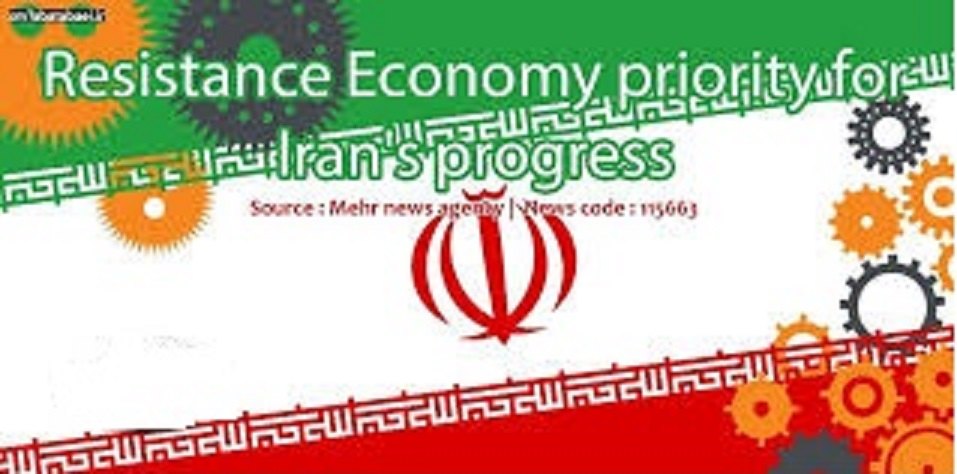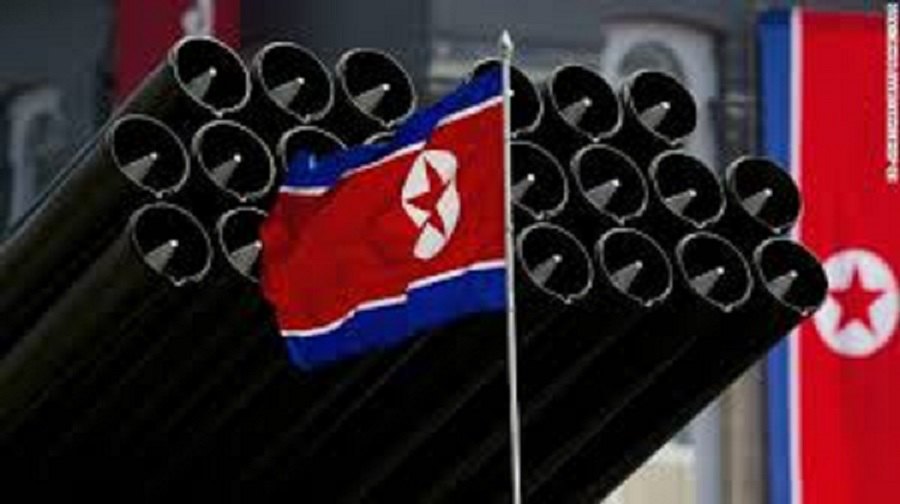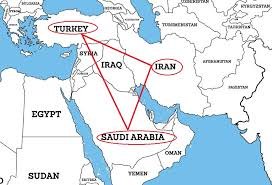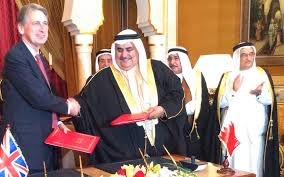The Economy of Resistance: Production and Employment Problems and Requirements

The supreme leader named 1396 as the “Year of the Economy of Resistance: Production and Employment,” and in that framework all active and effective institutions in the society were asked to pay due attention to both production as well as employment in order to make the economy of the country resistant.
Considering international reports and general situation of the global economy, rising oil prices in the year ahead is unlikely. Thus, there remains no way but to strengthen industry, mine and services sectors to attain a desirable economic growth in the coming years.
Current recession draws our attention to two issues. The first is that because of the recession, domestic demand has reduced and the banking system lacks the possibility to provide funding. So seeking foreign markets as well as attracting investment in such a situation is necessary.
While economic growth and the increase in GDP can be considered as one of the approaches for reducing unemployment rate, but the employment would be realized when the sectors in need of man-power such as industry and services sectors undergo economic growth.
The performance of the previous government showed that unemployment cannot be tackled just through direct injection of money into projects that are assumed to be job- creative, because unemployment is a multi-factorial effect of the economy and politics.
Public employment development has often targeted low-skilled forces as well as simple and early-return projects while majority of unemployed forces of the society are among high-educated population and this has caused problem due to the mismatch between higher education and employment demand.
One of the key issues of Iran’s economy is the absence of long-term approach in economic planning in the field of structural reforms as a result of which, a non-inflation and stable economy would be materialized.
Based on economic relations of national income, total investment and spending of government is equal to the sum of taxes and savings. A study of national income in Iran indicates that the expenditures of government were more than the total sum of taxes and savings. It means that the national resources have not been allocated to investment and production properly and Iran’s economy was not able to enjoy a suitable productivity from investments.
Iranian government’s distrust on foreign companies is an important factor that has led to the restrictions imposed on foreign investors. Many experts emphasized that in order to effectively attract foreign investors, it is necessary to consider more facilities.
Privatization in Iran has led to consequences such as widespread presence of public and quasi-public non-governmental sectors with the tendency towards monopoly as well as corruption networks. In addition, conditions caused by external sanctions have deepened the problem.
Privatization policy is based on the increase of efficiency and acquiring benefit in a business and the issues related to the deprived social classes as well as social justice are not categorized under this topic. Social justice should be dealt with through social security and its related special policies in the framework of economy.
First and foremost, prerequisite for the country to achieve productive growth and employment generation is performing structural reforms. Reforms should be carried out in a way to reduce the dependency of the financial structure of government on oil revenues, to allocate government spending to the most effective and most efficient projects and economic processes, to better regulate the fiscal policies and re-define them based on basic and long-term needs of the country and as a result; government’s revenues and spending would be tuned in a way to strengthen fiscal discipline and control budget deficit and government avoid improper interferences specially in the field of mandatory pricing.
Narges Kafi





